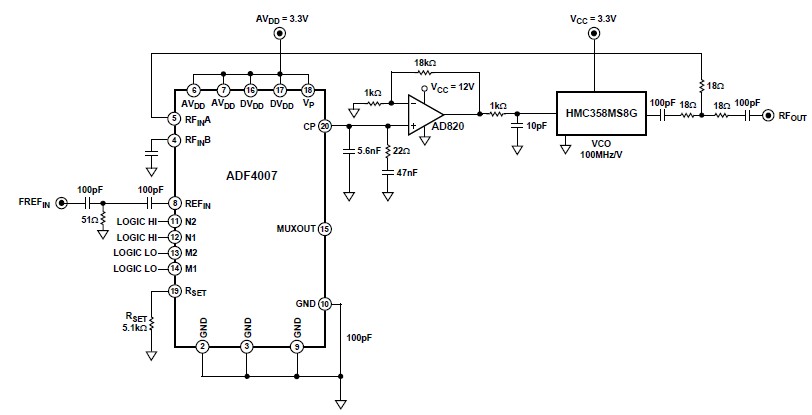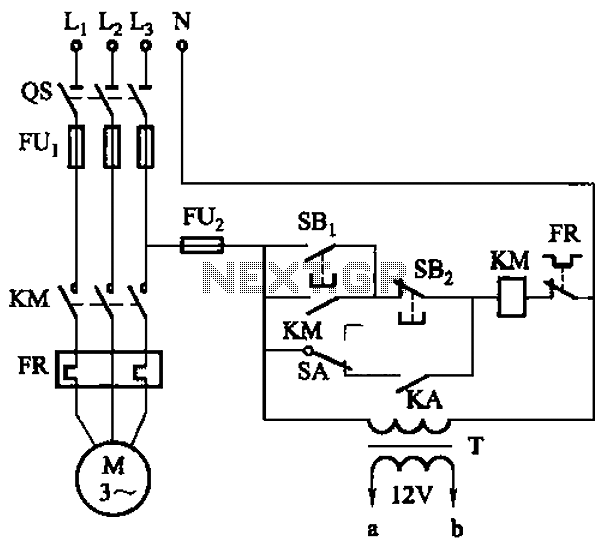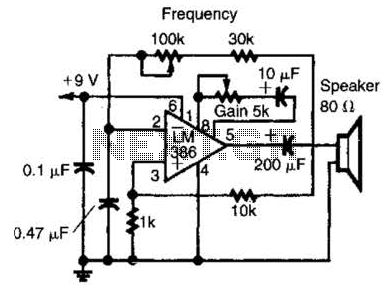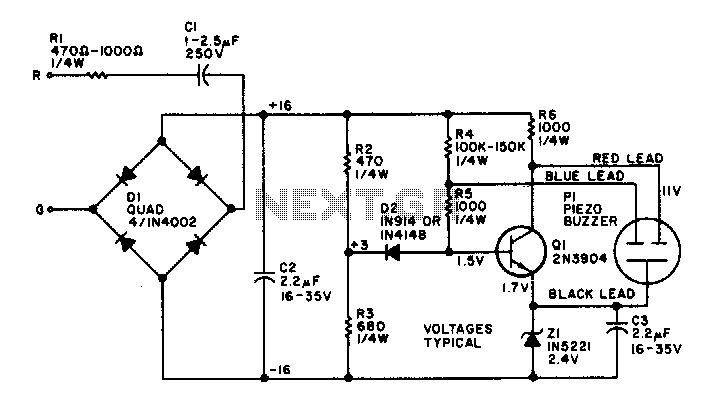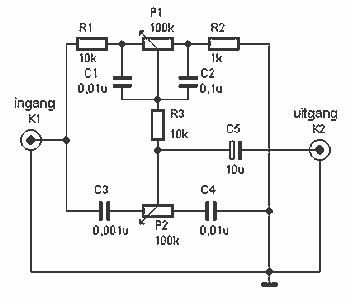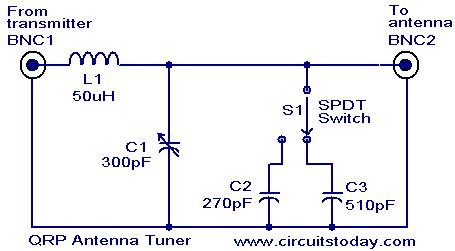
cellular phone detector circuit schematic
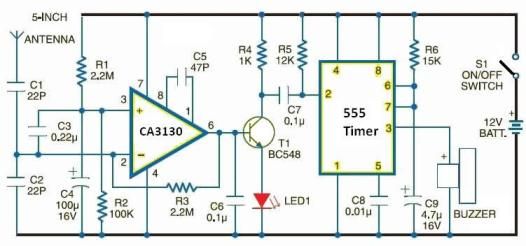
This electronic schematic allows for the design of a simple cellular phone detector circuit capable of sensing the presence of an activated mobile phone from a distance of 1.5 meters. The capacitor C3 should have lead lengths of 18 mm with an 8 mm spacing between the leads to achieve the desired frequency. This small disk capacitor functions as a gigahertz loop antenna to collect RF signals.
The cellular phone detector circuit operates by utilizing a capacitor configured as a loop antenna, which is sensitive to the radio frequency (RF) emissions generated by mobile phones during active communication. The design emphasizes the importance of the capacitor C3, which must be carefully constructed to optimize its performance at gigahertz frequencies. The specified lead lengths and spacing are critical for tuning the antenna to the correct frequency range, ensuring effective reception of RF signals.
In addition to C3, the schematic likely includes other components such as resistors, diodes, and possibly an operational amplifier to process the detected signals. The circuit may also incorporate a visual indicator, such as an LED, to provide a clear indication of the presence of a mobile phone. The overall design is compact and efficient, making it suitable for applications where monitoring the presence of mobile phones is necessary, such as in secure areas or during examinations.
To enhance performance, considerations such as the orientation of the loop antenna, the surrounding environment, and potential interference from other electronic devices should be taken into account. Proper shielding and grounding techniques may also be implemented to minimize noise and improve detection accuracy. This circuit serves as an educational example of RF detection principles and can be further modified for advanced applications in telecommunications and security systems.Using this electronic schematic, can be designed a very simple cellular phone detector circuit which can sense the presence of an activated mobile cell phone from a distance of one and-a-half meters. The C3 capacitor must have leads length of 18 mm with 8 mm spacing between leads to obtain the desired frequency.
This small disk capacitor acts as a small gigahertz loop antenna to collect the RF signals. 🔗 External reference
The cellular phone detector circuit operates by utilizing a capacitor configured as a loop antenna, which is sensitive to the radio frequency (RF) emissions generated by mobile phones during active communication. The design emphasizes the importance of the capacitor C3, which must be carefully constructed to optimize its performance at gigahertz frequencies. The specified lead lengths and spacing are critical for tuning the antenna to the correct frequency range, ensuring effective reception of RF signals.
In addition to C3, the schematic likely includes other components such as resistors, diodes, and possibly an operational amplifier to process the detected signals. The circuit may also incorporate a visual indicator, such as an LED, to provide a clear indication of the presence of a mobile phone. The overall design is compact and efficient, making it suitable for applications where monitoring the presence of mobile phones is necessary, such as in secure areas or during examinations.
To enhance performance, considerations such as the orientation of the loop antenna, the surrounding environment, and potential interference from other electronic devices should be taken into account. Proper shielding and grounding techniques may also be implemented to minimize noise and improve detection accuracy. This circuit serves as an educational example of RF detection principles and can be further modified for advanced applications in telecommunications and security systems.Using this electronic schematic, can be designed a very simple cellular phone detector circuit which can sense the presence of an activated mobile cell phone from a distance of one and-a-half meters. The C3 capacitor must have leads length of 18 mm with 8 mm spacing between leads to obtain the desired frequency.
This small disk capacitor acts as a small gigahertz loop antenna to collect the RF signals. 🔗 External reference
Warning: include(partials/cookie-banner.php): Failed to open stream: Permission denied in /var/www/html/nextgr/view-circuit.php on line 713
Warning: include(): Failed opening 'partials/cookie-banner.php' for inclusion (include_path='.:/usr/share/php') in /var/www/html/nextgr/view-circuit.php on line 713
